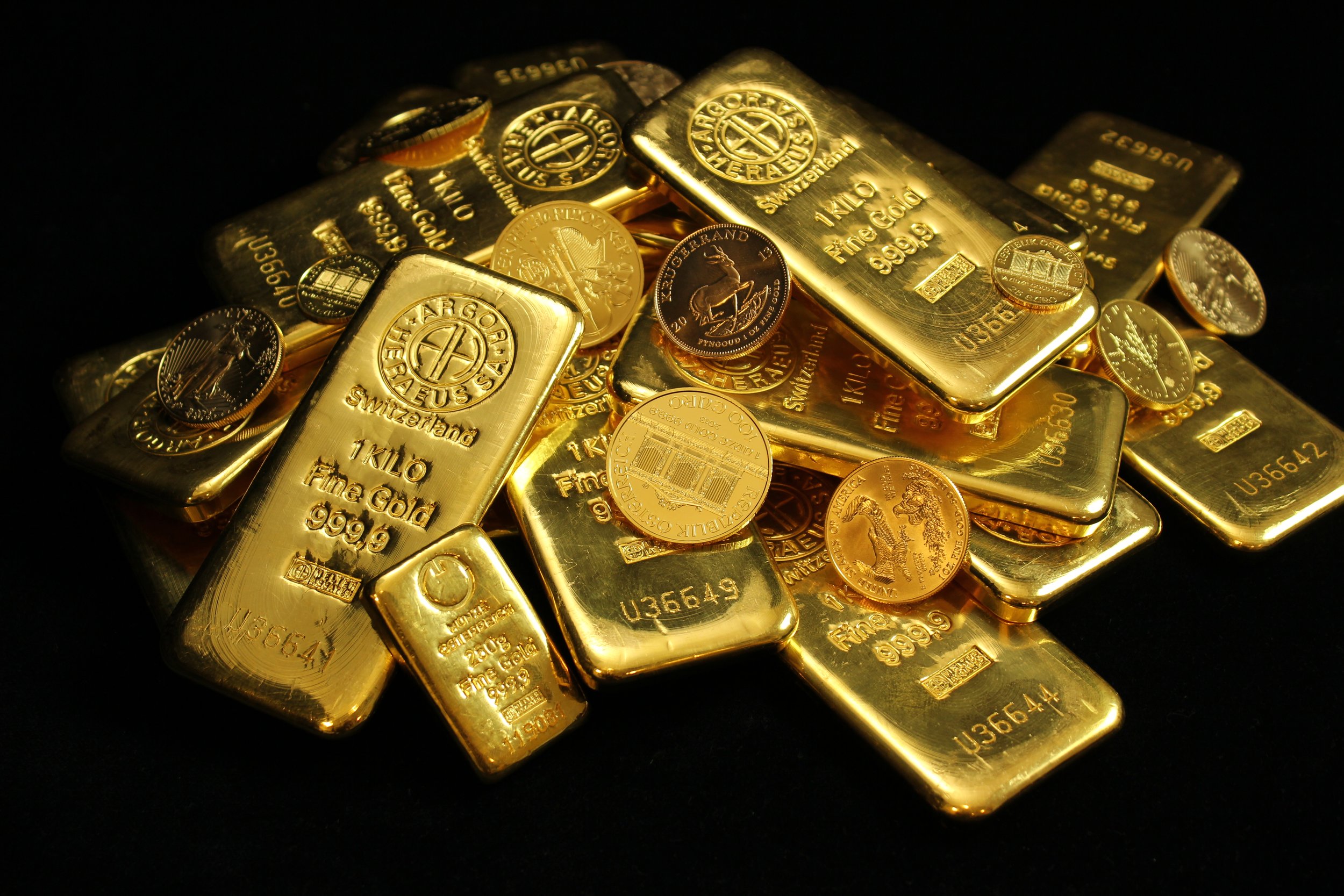The Truth Behind Recycled Gold
In the world of jewelry, gold has always been a symbol of luxury and beauty. However, as environmental and ethical concerns gain prominence, a new trend is emerging – recycled gold. But is it truly as valuable as its freshly mined counterpart, or just a passing fad? Let’s debunk the myths surrounding recycled gold and uncover its true worth.
Introduction to Recycled Gold
You might wonder, what exactly is recycled gold? Simply put, it’s gold that has been reclaimed from old jewelry, electronic components, or industrial waste and refined to its pure form. This practice not only reduces the demand for newly mined gold but also minimizes the environmental impact of mining activities.
The Myth of Lower Quality
One common misconception about recycled gold is that it’s of inferior quality compared to newly mined gold. However, this couldn’t be further from the truth. Recycled gold undergoes the same purification process as freshly mined gold, resulting in identical purity levels. In fact, recycled gold can be even purer since it’s already been refined once.
Environmental Impact
The environmental benefits of recycled gold are significant. Traditional gold mining is notorious for its destructive impact on ecosystems, mith about recycled Gold, including deforestation, water pollution, and habitat destruction. By choosing recycled gold, consumers can help reduce the demand for new mining operations and minimize harm to the environment.
Social Responsibility
In addition to environmental considerations, there’s a compelling social aspect to recycled gold. Gold mining often involves exploitative labor practices, including child labor and unsafe working conditions. By opting for recycled gold, consumers can support ethical and fair labor practices within the jewelry industry.
Economic Benefits
Contrary to popular belief, mith about recycled Gold is not only environmentally responsible but also economically viable. With advancements in recycling technologies, the cost of extracting gold from electronic waste or old jewelry has become increasingly competitive with traditional mining methods. Moreover, recycling gold contributes to local economies by creating jobs and stimulating economic growth.
Certifications and Standards
To ensure the integrity of recycled gold, certifications and standards play a crucial role. Organizations such as the Responsible Jewellery Council and Fairtrade Gold provide certifications for ethically sourced and recycled gold, giving consumers confidence in their purchasing decisions.
Innovation in Recycling
The future of mith about recycled Gold looks promising thanks to ongoing innovations in recycling technologies. From sophisticated extraction methods to novel refining processes, the industry is constantly evolving to meet the growing demand for sustainable materials. As technology continues to advance, lab diamonds, the potential for recycled gold to become the norm in the jewelry industry is within reach.
Consumer Awareness
Despite its many benefits, recycled gold remains relatively unknown to the average consumer. Educating the public about the advantages of recycled gold is essential in driving demand for sustainable jewelry. By raising awareness and promoting transparency in the supply chain, we can empower consumers to make informed choices that align with their values.
Supporting Artisanal Miners
While mith about recycled Gold offers a compelling alternative to traditional mining, it’s essential to support artisanal and small-scale miners who rely on gold mining for their livelihoods. Collaborative efforts between recyclers and mining communities can help ensure a fair and sustainable transition towards responsible sourcing practices.
Challenges and Limitations
Despite its potential, the widespread adoption of recycled gold faces several challenges. Issues such as purity verification, traceability, and scalability need to be addressed to build trust and confidence in the recycled gold market. Additionally, consumer perceptions and preferences may take time to shift towards sustainable alternatives.
Global Initiatives
Fortunately, there’s growing momentum behind global initiatives aimed at promoting responsible sourcing in the jewelry industry. From regulatory measures to voluntary commitments by leading brands, there’s a collective effort to create a more sustainable and ethical supply chain for gold.
Case Studies
Several pioneering brands have already embraced recycled gold and are leading by example. Companies like Tiffany & Co. and Pandora have committed to using ethically sourced and recycled materials in their jewelry collections, setting a precedent for the industry.
Educational Campaigns
Educational campaigns play a vital role in driving consumer awareness and engagement. By sharing stories of impact and highlighting the benefits of recycled gold, we can inspire positive behavior change and encourage more people to support sustainable practices in the jewelry industry.
Future Trends
Looking ahead, the future of recycled gold appears promising. As consumer demand for sustainable products continues to grow, we can expect to see increased investment in recycling infrastructure and a broader range of recycled gold options available in the market. With continued innovation and collaboration, recycled gold has the potential to redefine the jewelry industry for the better.
Conclusion
In conclusion, the myth of recycled gold being inferior is just that – a myth. Recycled gold offers a sustainable and ethical alternative to traditional mining, with comparable quality and purity. By choosing recycled gold, consumers can make a positive impact on the environment, support fair labor practices, and contribute to a more sustainable future for the jewelry industry.

